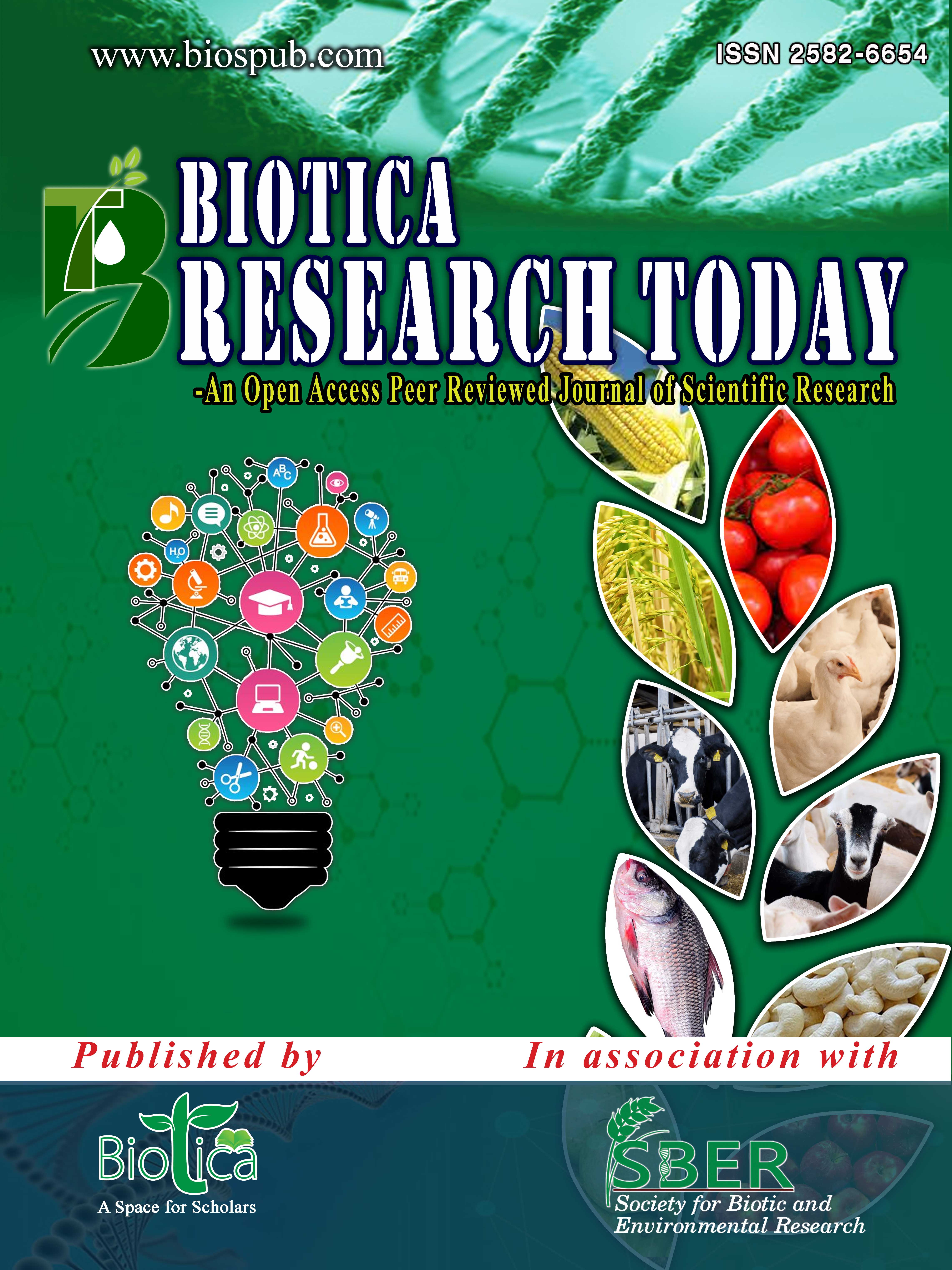Furfural Synthesis from Maize Cob Using Co-Solvents
DOI:
https://doi.org/10.54083/ResBio.2.2.2020.75-79Keywords:
Bioethanol, Biobutanol, Furfural, Maize cob, THF, Zea mays L.Abstract
Biofuels and chemicals can be produced from the lignocellulosic biomass would be promising platform in the upcoming decades. The maize cob is selected as lignocellulosic biomass to synthesis chemicals. The maize cob treated with meagre concentration of dilute sulfuric acid (H2SO4) dehydrated with Tetrahydrofuran (THF) co-solvent and water in the ratio of 1:1 results with furfural formation. The maize cob sample acid catalysed dehydration process at 1, 2.5, 5 and 10% dilute H2SO4 is substantial for sugar compounds production, these compounds can be further fermented to produce liquid fuels viz., bioethanol, biobutanol in an efficient manner. The maize cob treated with 0.25, 0.5 and 0.75% of dilute H2SO4 dehydrated with THF co-solvent and water (1:1) results with furfural formation and highest concentration was found in 0.5% acid catalyzed. The furfurals obtained can be downstream processed to recover and can be used as fuel precursor.
Downloads
Downloads
Published
How to Cite
Issue
Section
Categories
License
Submission of a manuscript implies that when the manuscript is accepted for publication, the authors agree to automatic transfer of the copyright to the publisher (or grant the Publisher exclusive publication and dissemination rights). The Biotica, as the publisher, has the right to enter into any agreement with any organization in India or abroad engaged in reprography, photocopying, storage and dissemination of information contained in this journal. The Biotica has no objection in using the material, provided the information is being utilized for academic purpose but not for commercial use. Due credit line should be given to Biotica where information will be utilized.









 |
|


